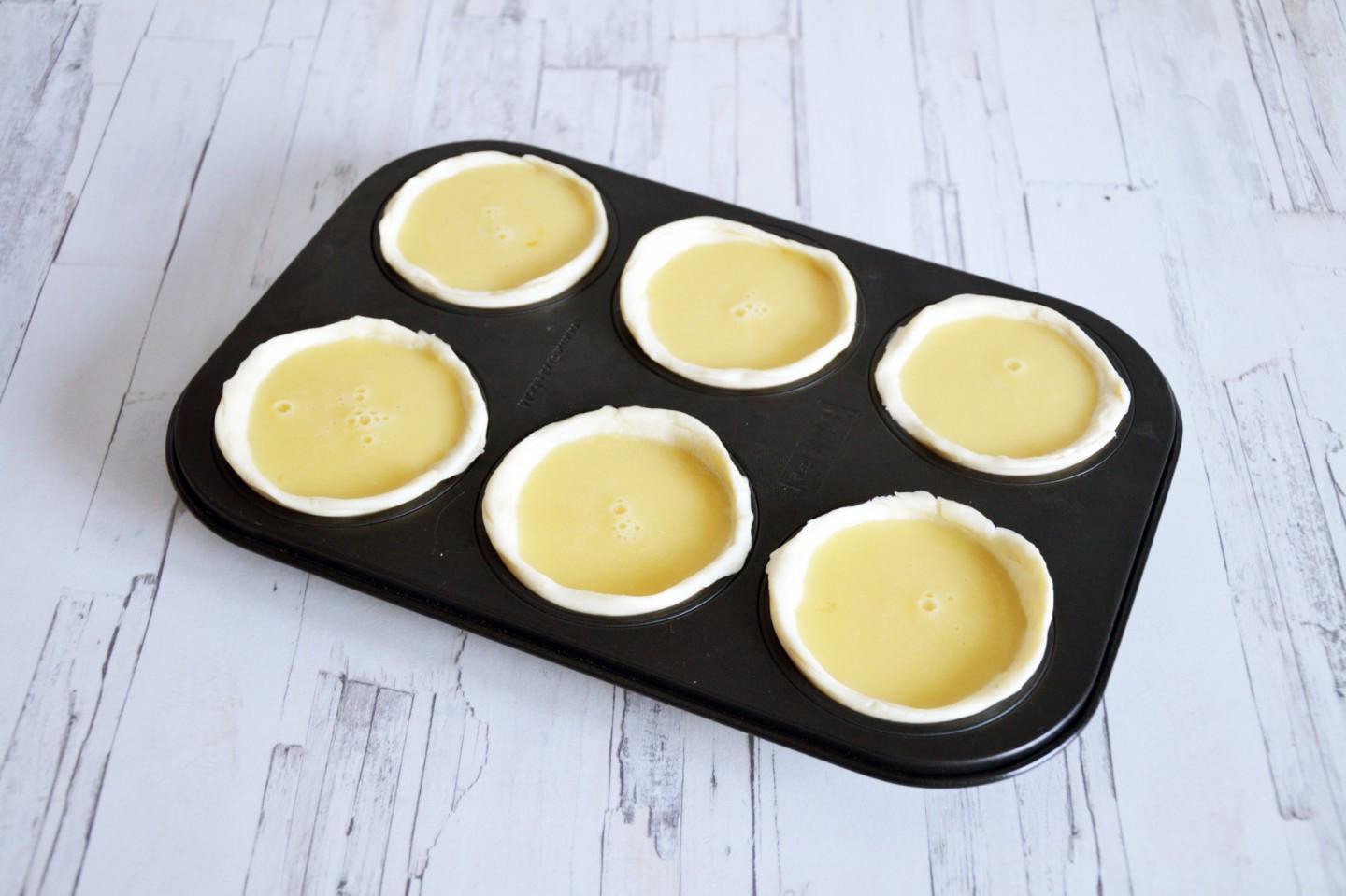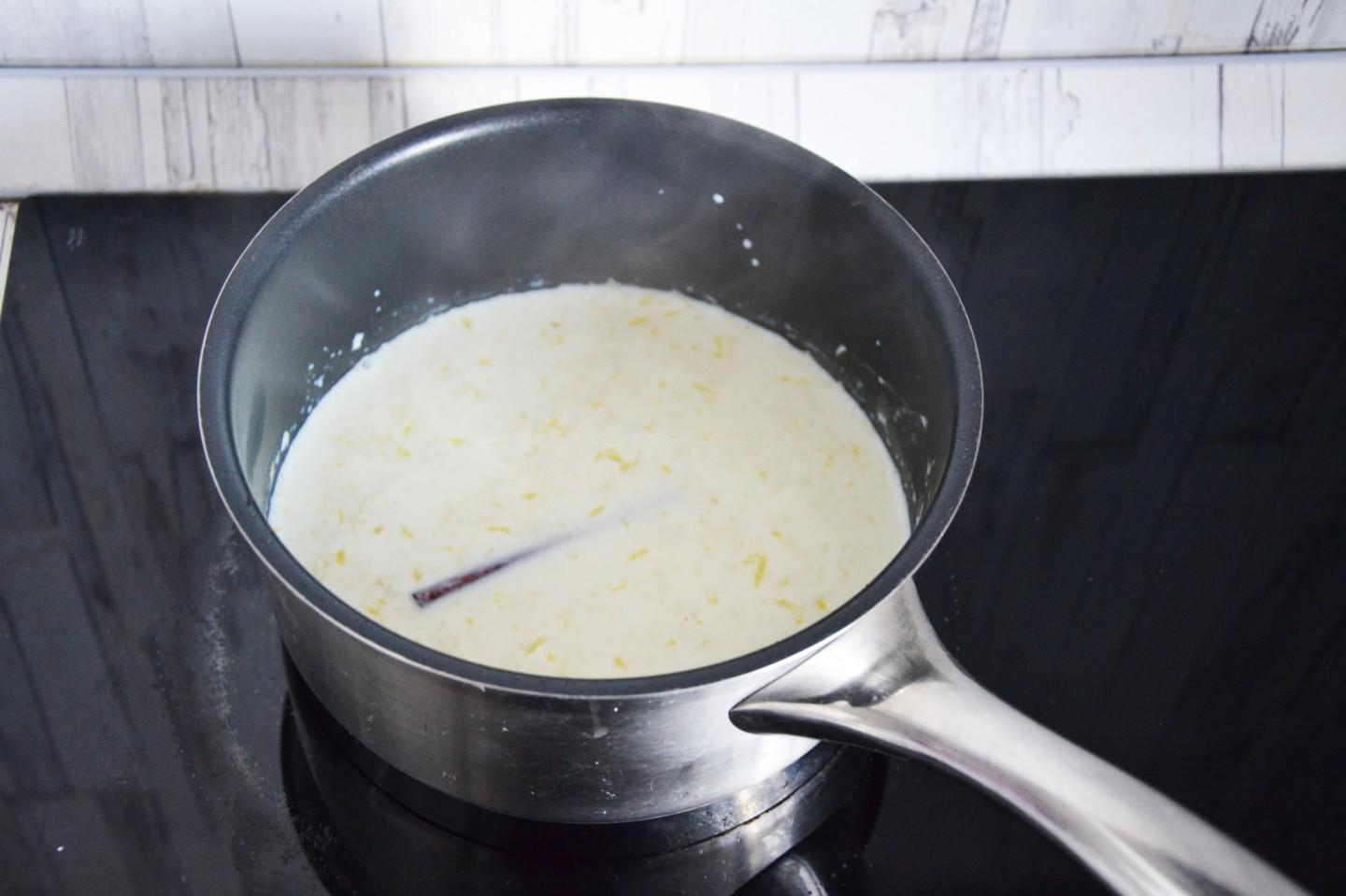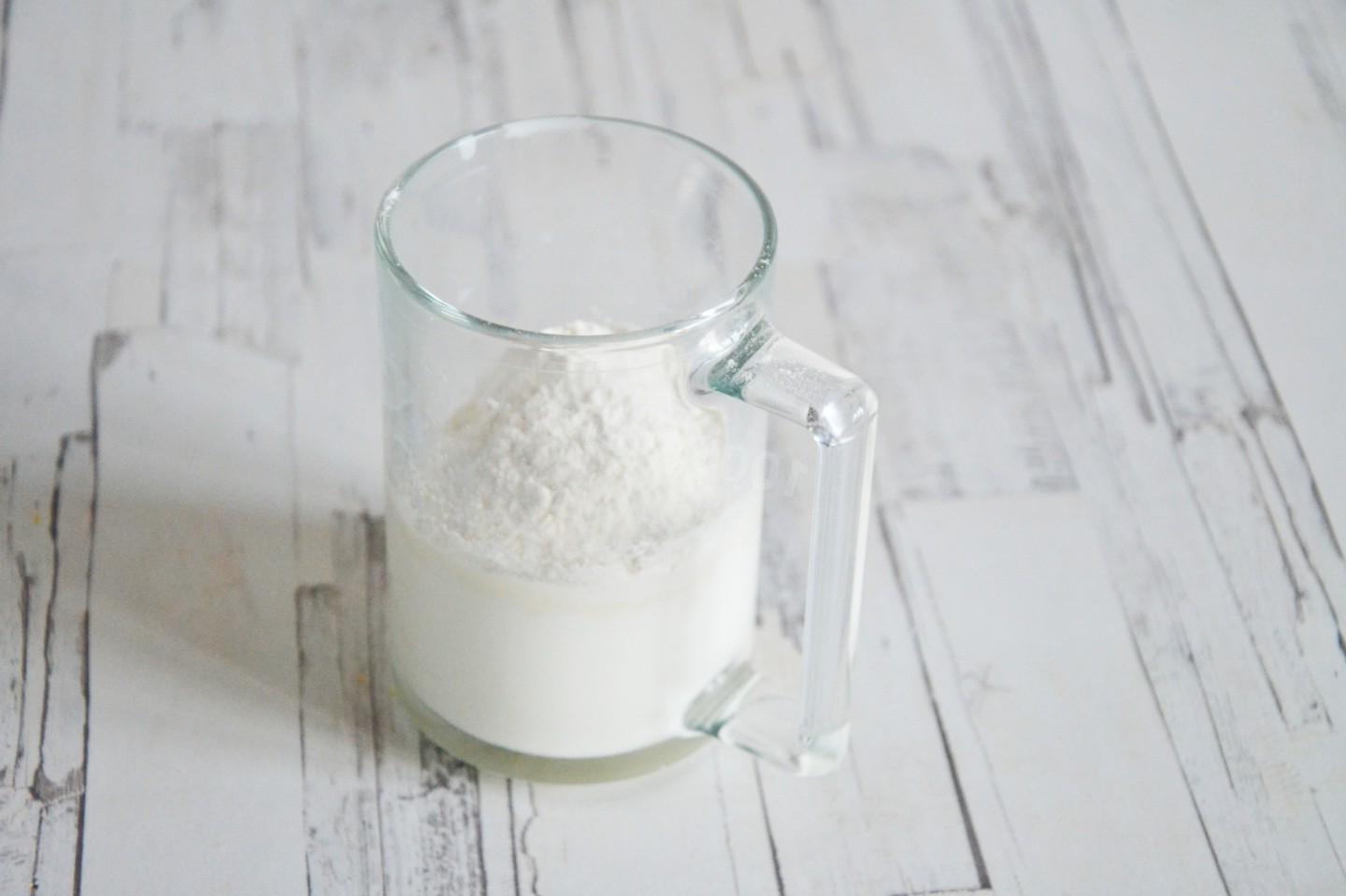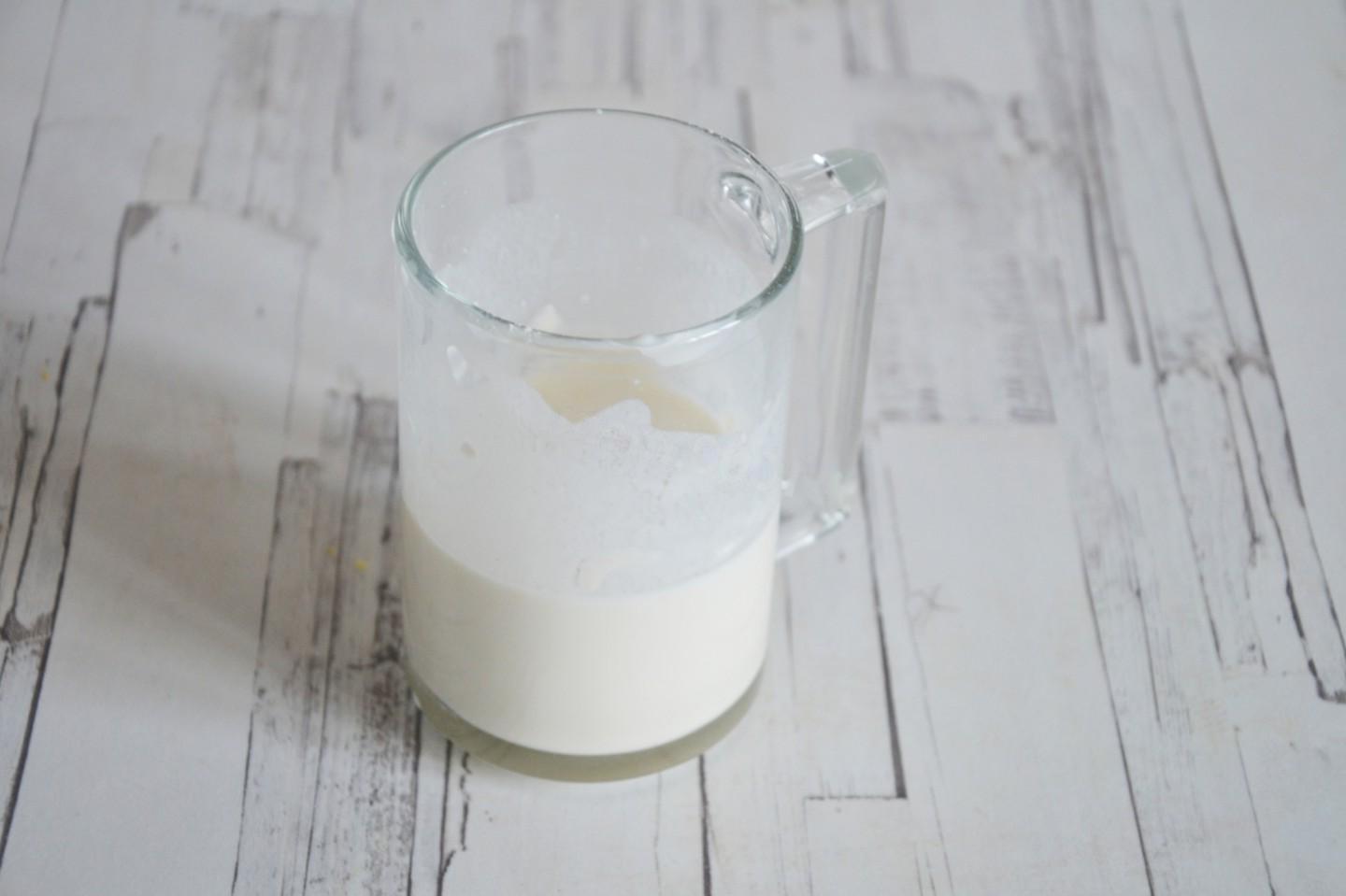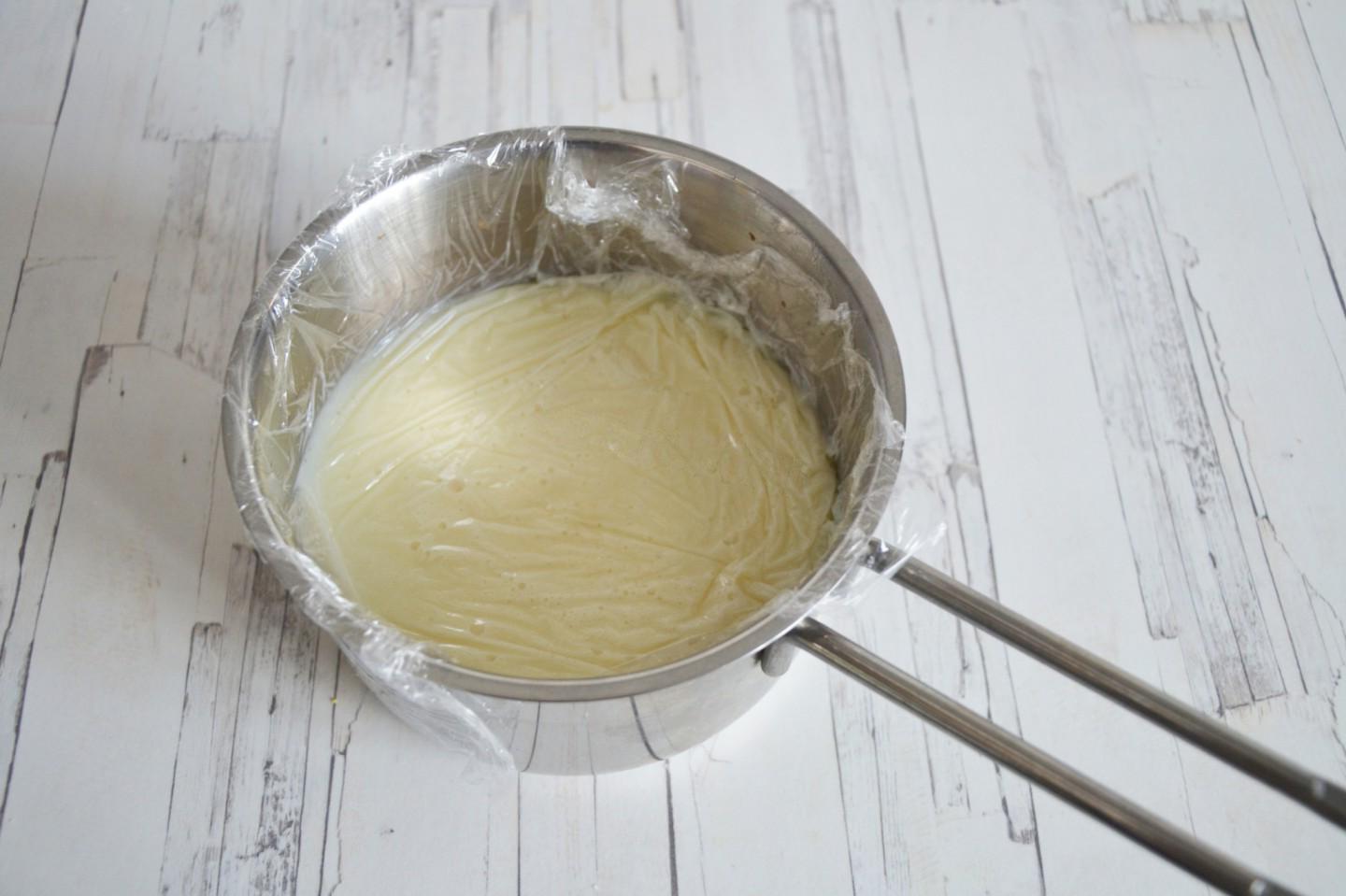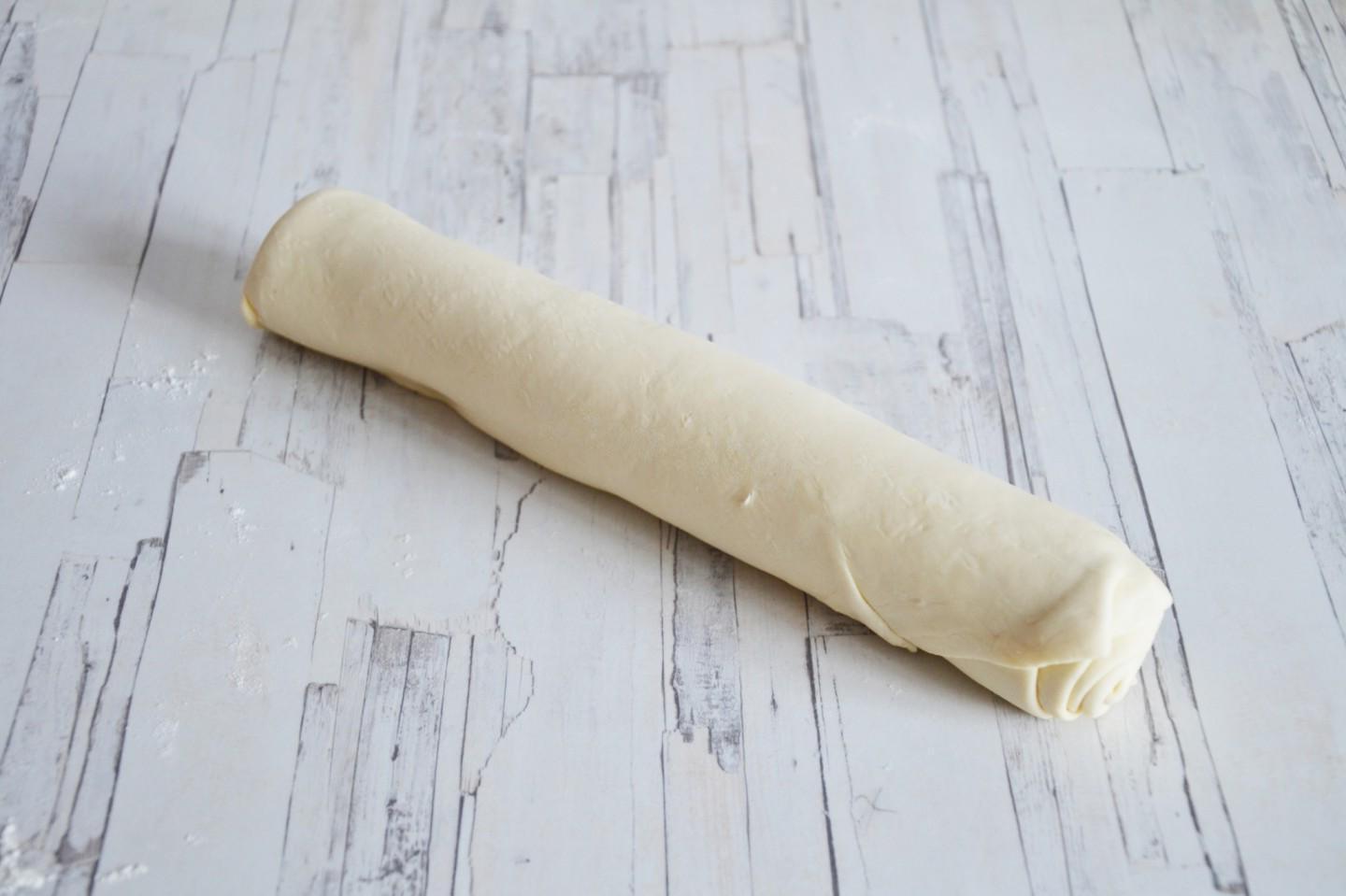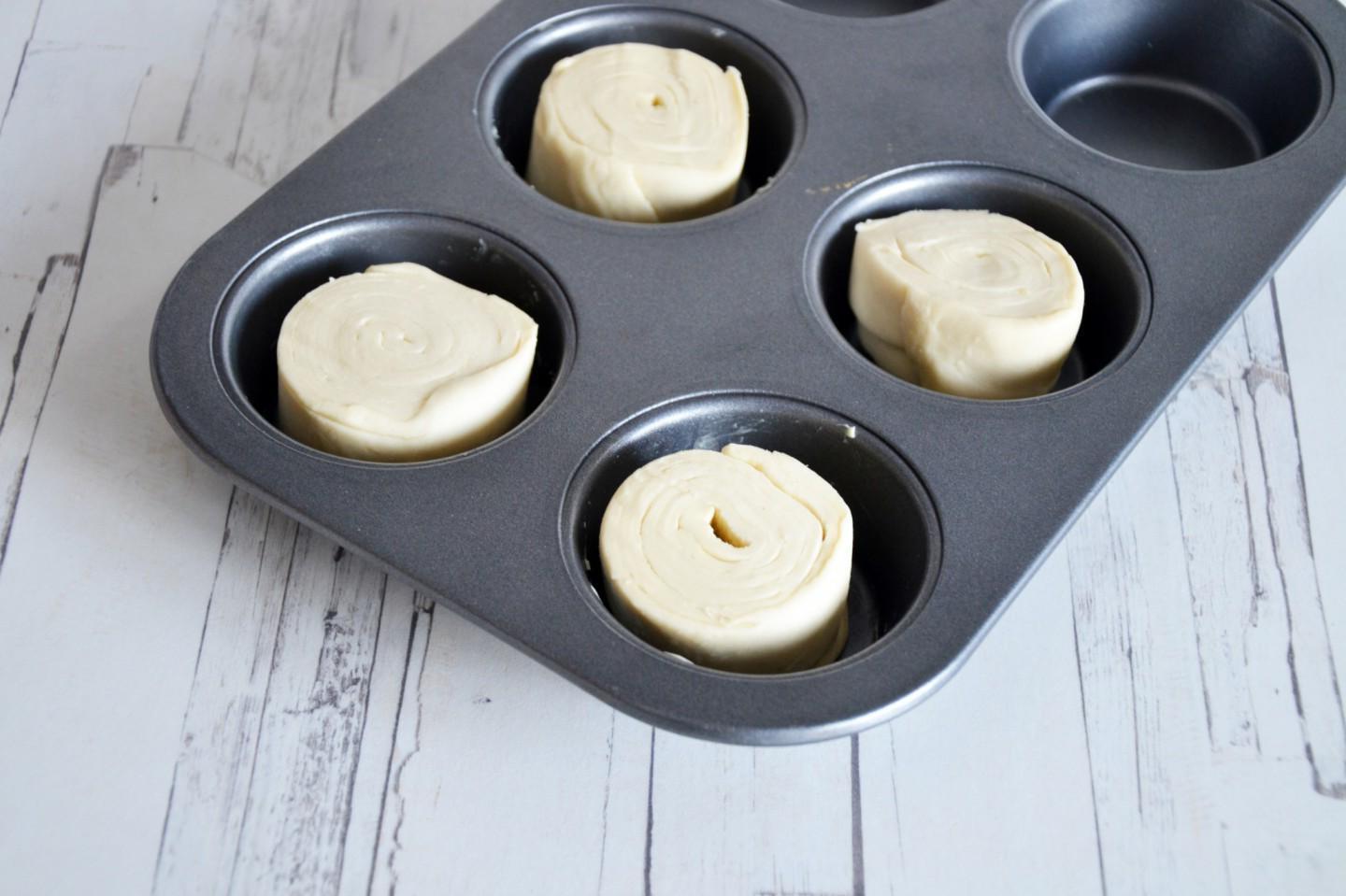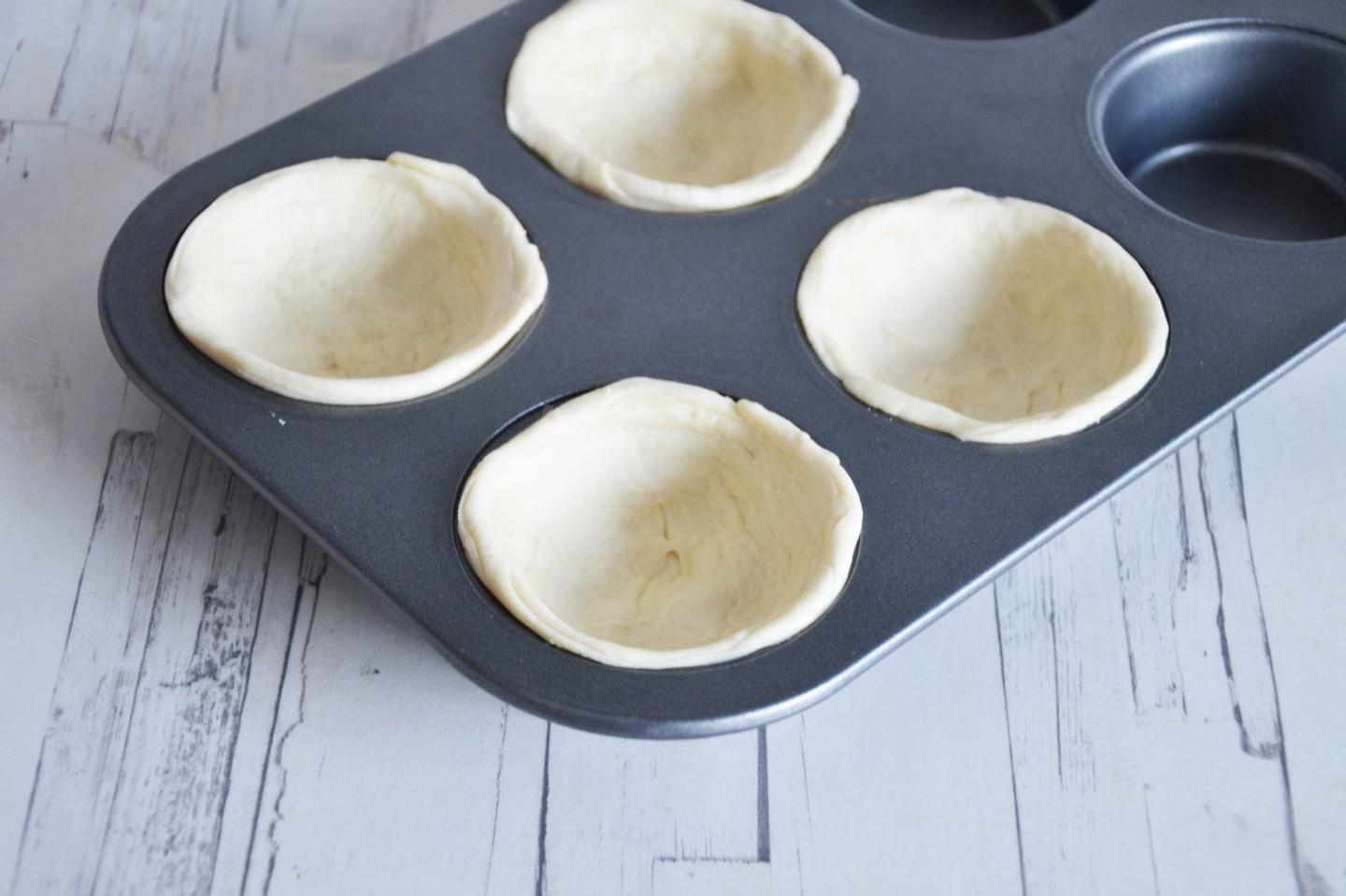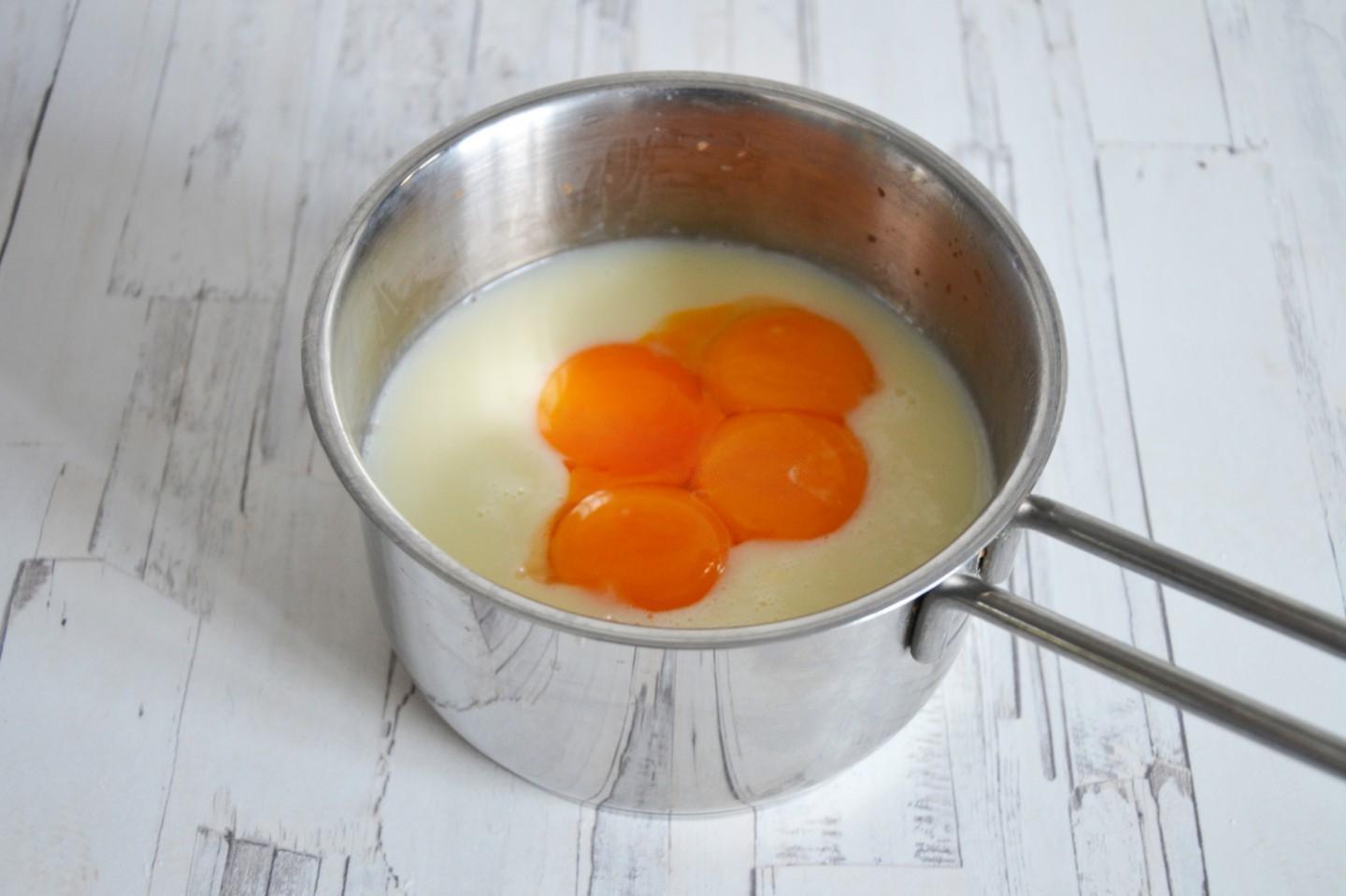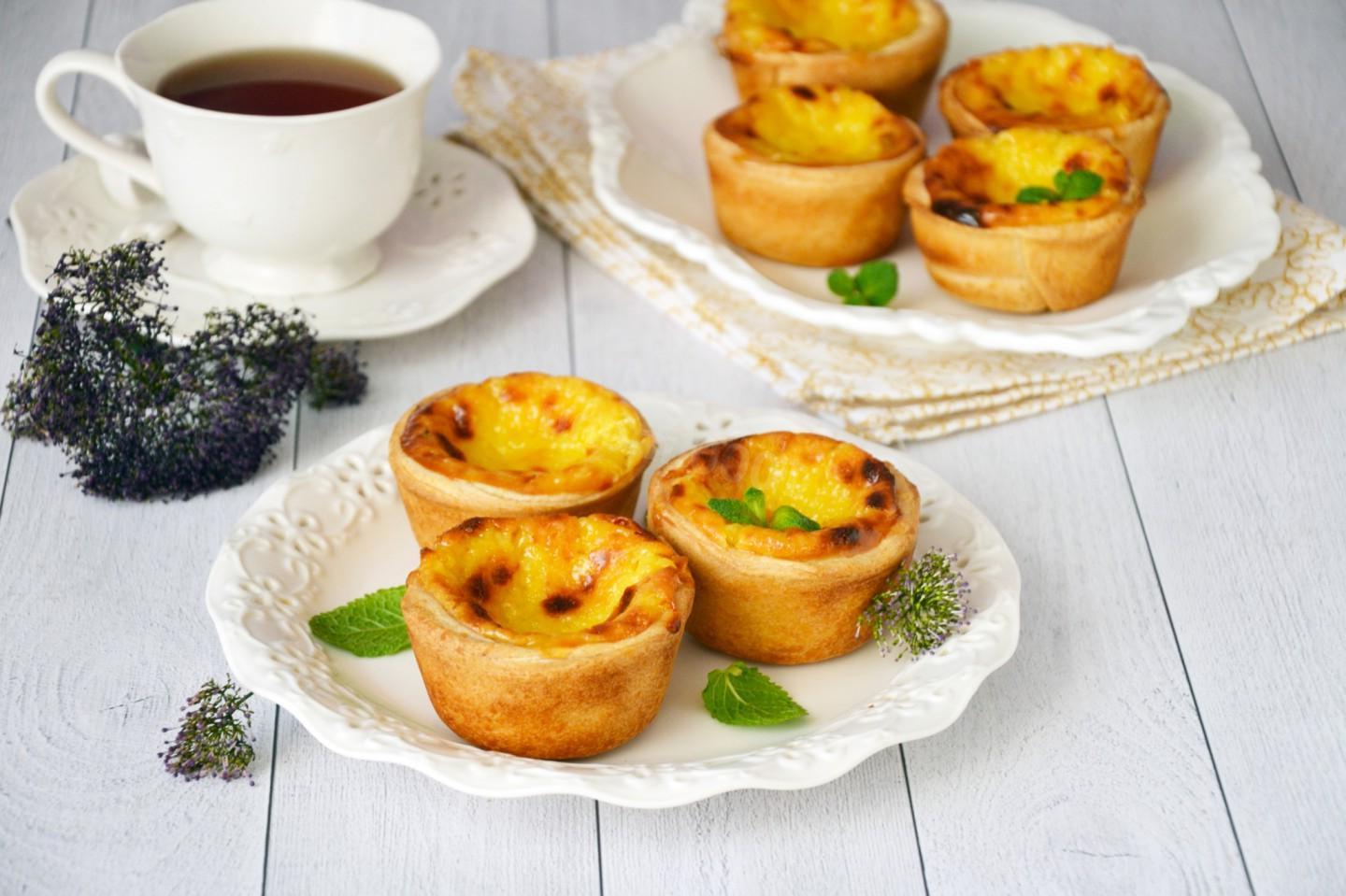Quick and Tasty Portuguese Pastries
Unusual, tasty, quick, made from simple ingredients! Portuguese pastries (Pastel de nata) are the hallmark of Portugal. Made from readily available ingredients. At the same time, you won’t spend a lot of time on them and will surprise your family and friends.
cook time:
1h 20 min
Ruby Colston

Nutrition Facts (per serving)
267
Calories
13g
Fat
32g
Carbs
4g
Protein
Ingredients (12 portions)
Dough:
Puff pastry
500 g
Filling:
Sugar
180 g
Lemon zest
1 tbsp
Wheat flour
35 g
Water
130 ml
Milk
300 ml
Egg yolks
4 pc
cinnamon stick
1 pc
Recipe instructions
Step 1
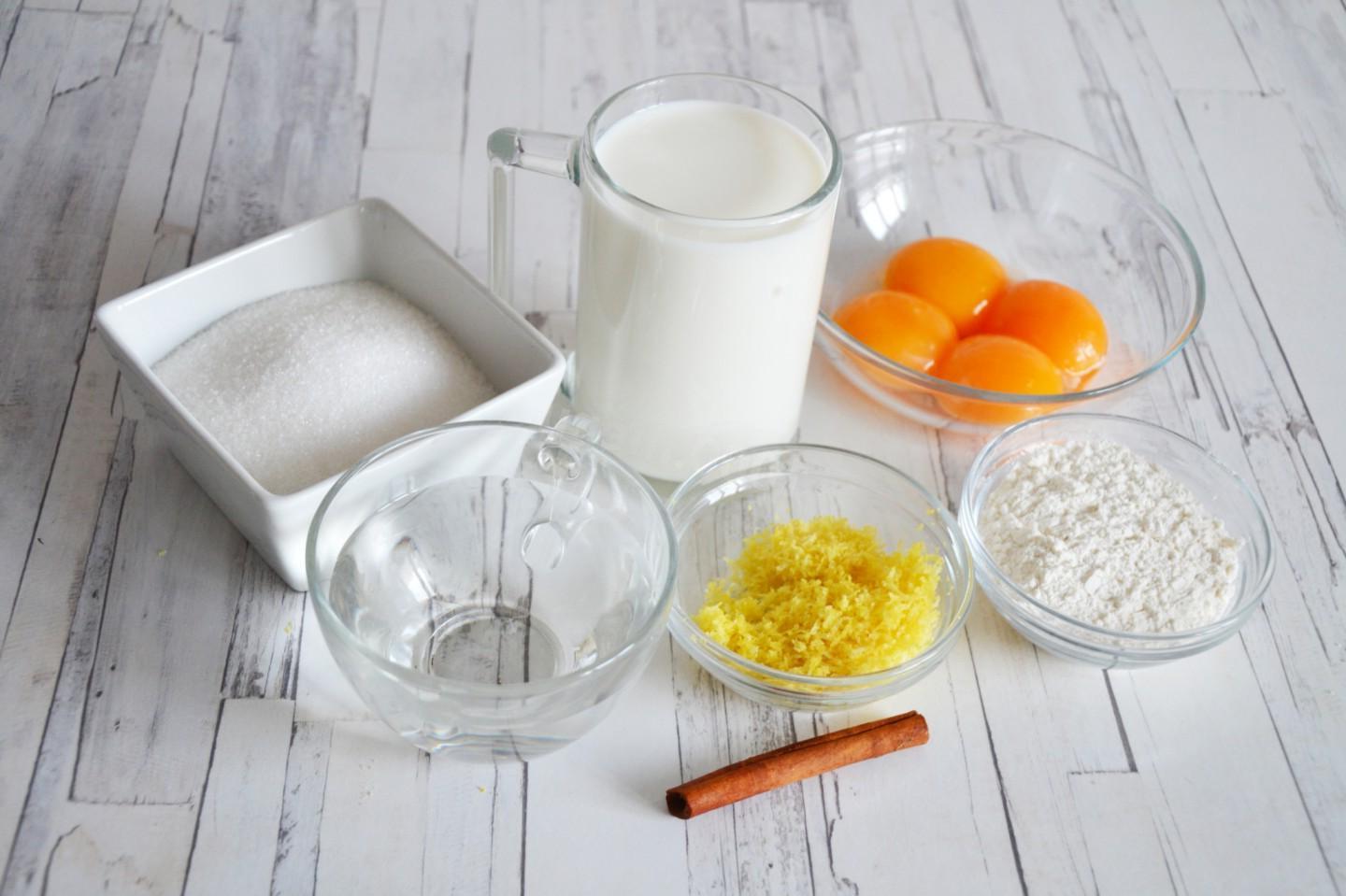
Step 2
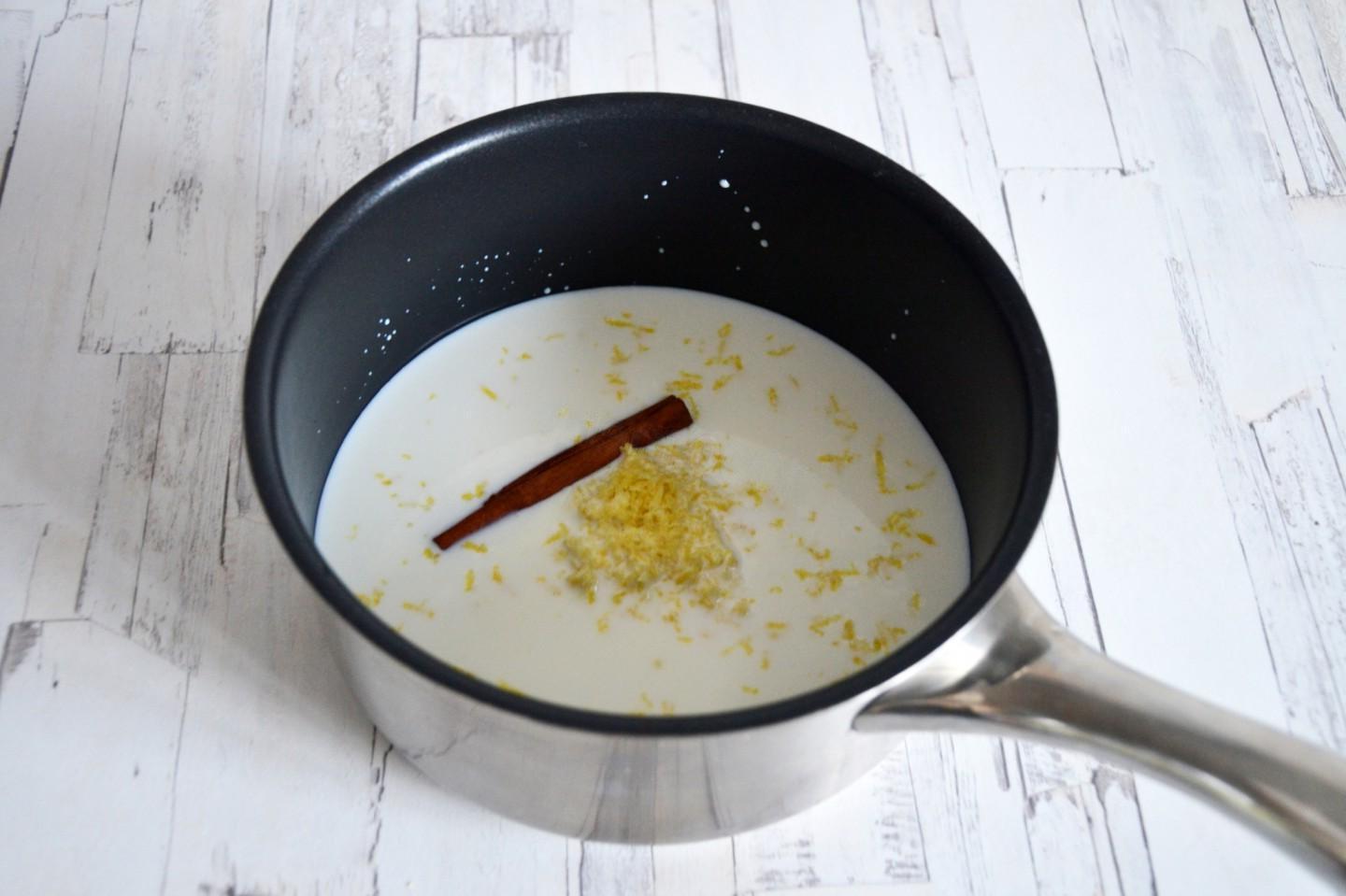
Step 6
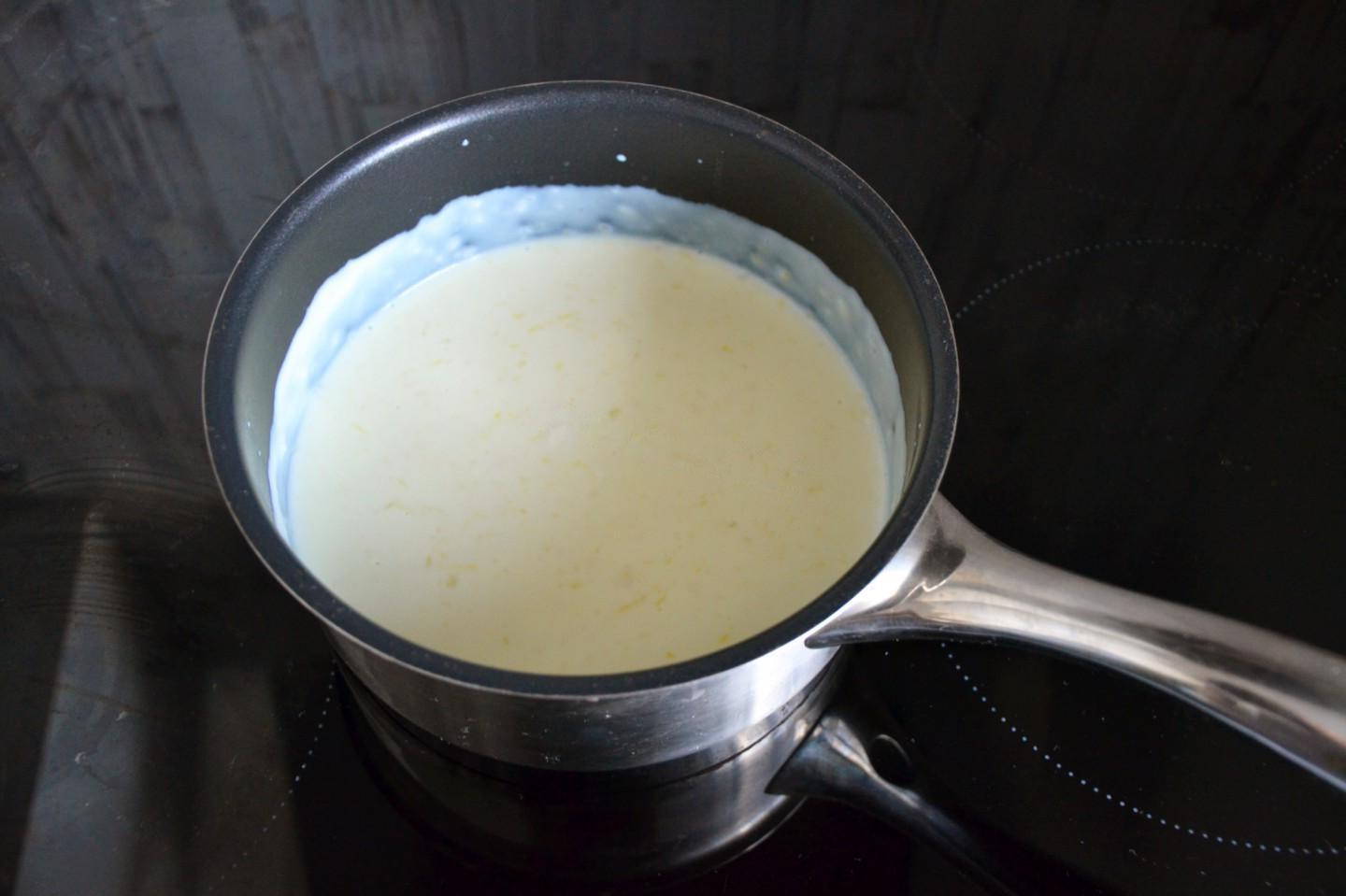
Step 7
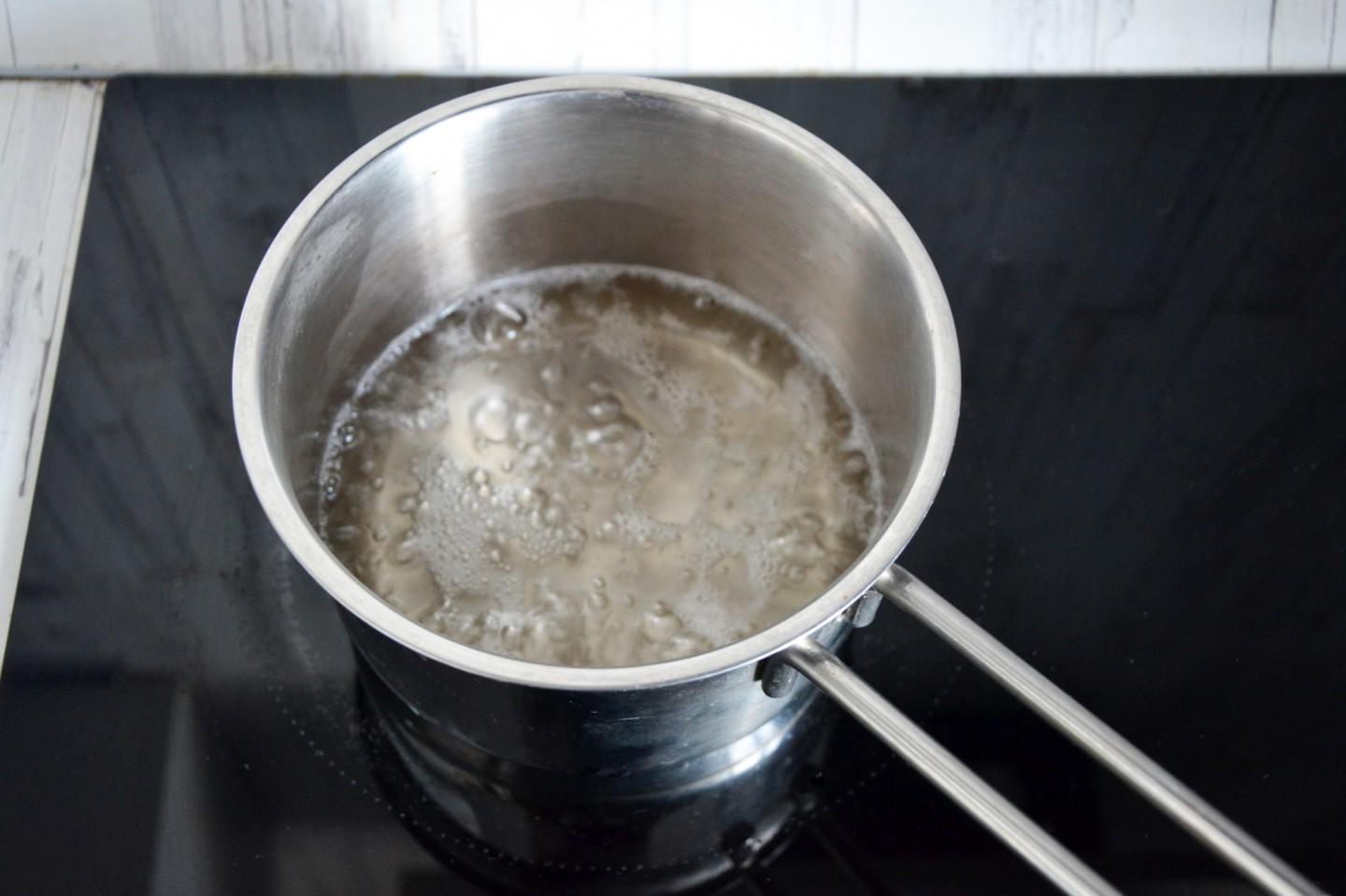
Step 9

Step 11
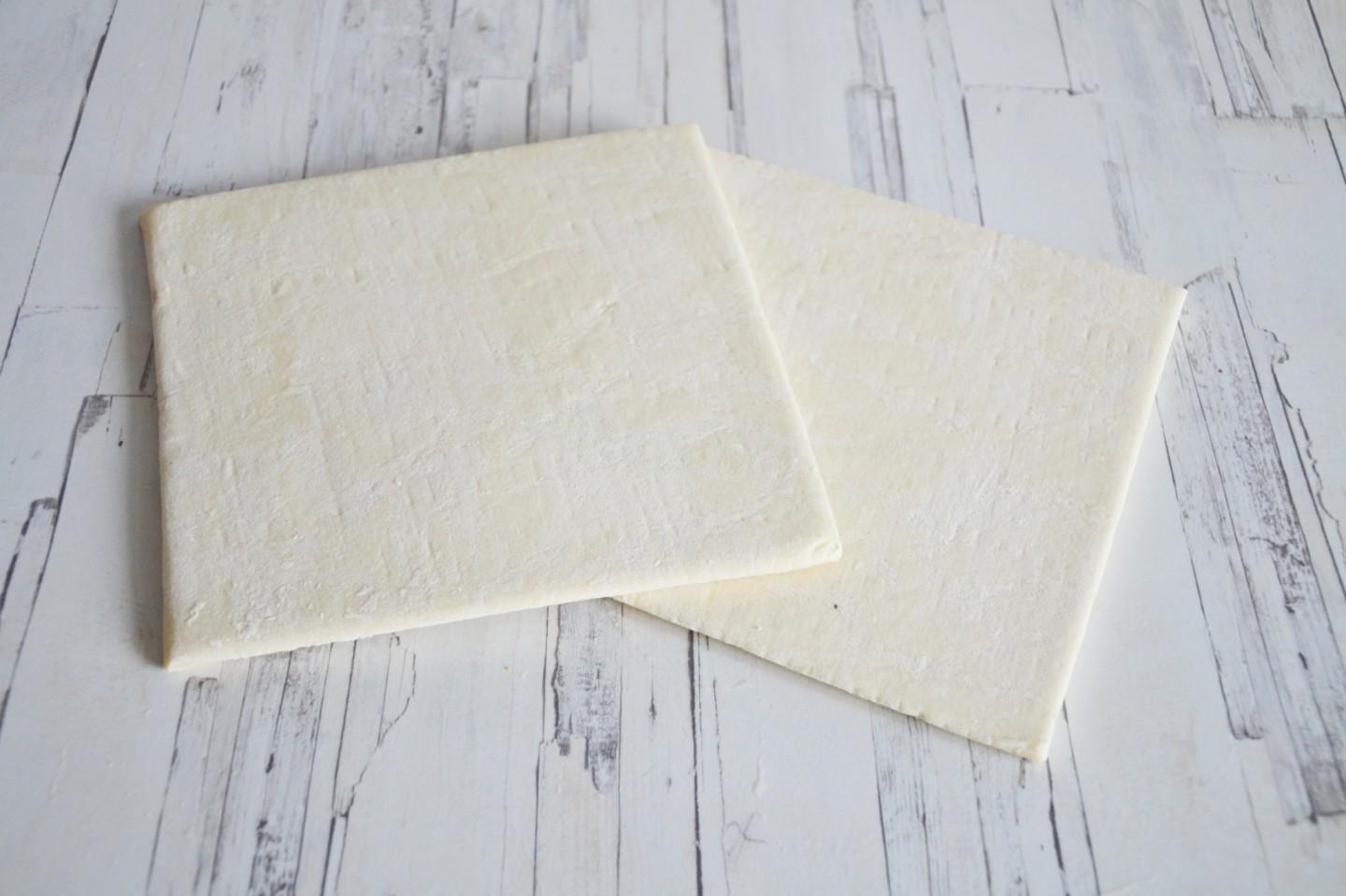
Step 12
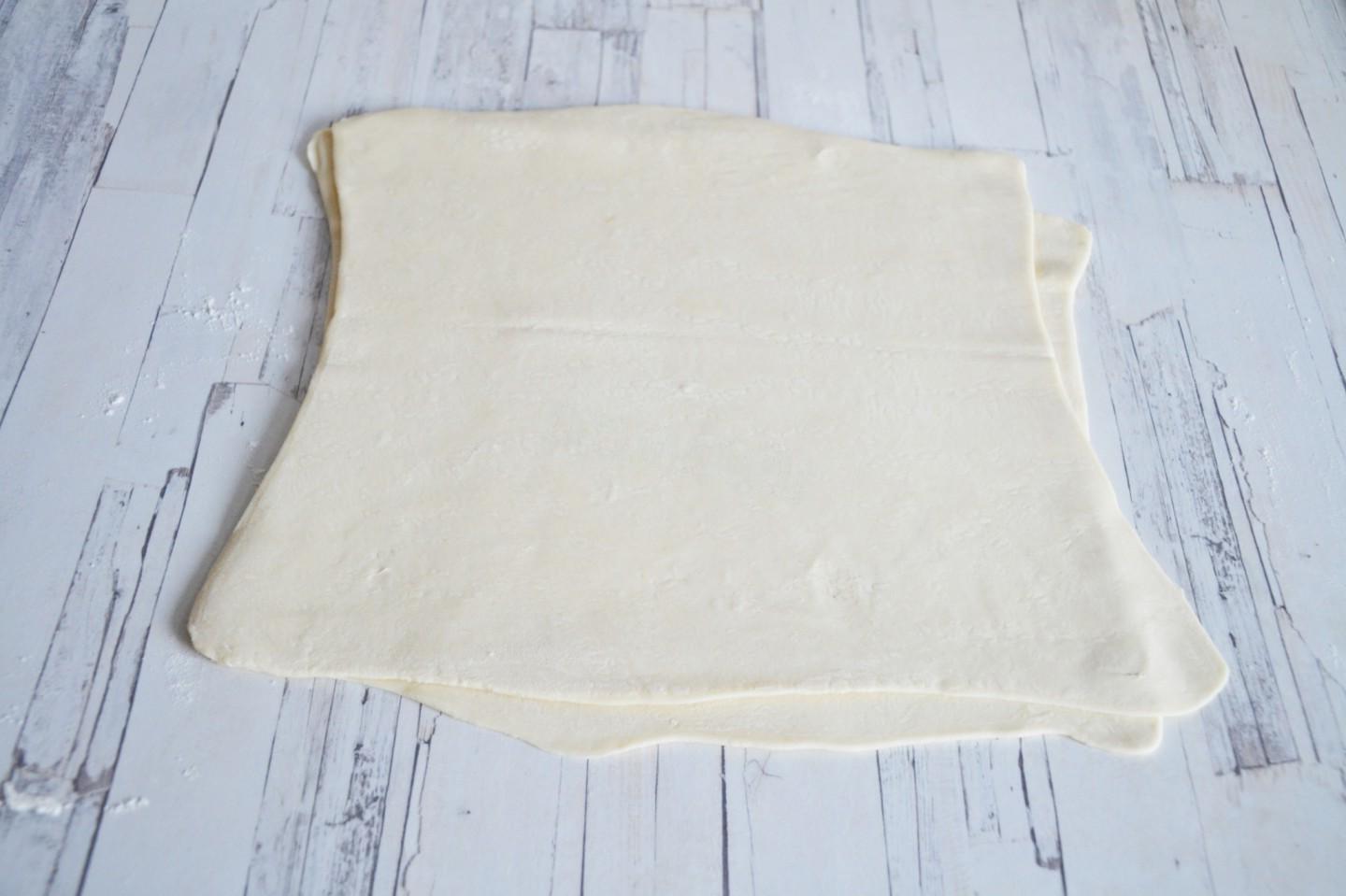
Step 14

Step 18

Step 19
